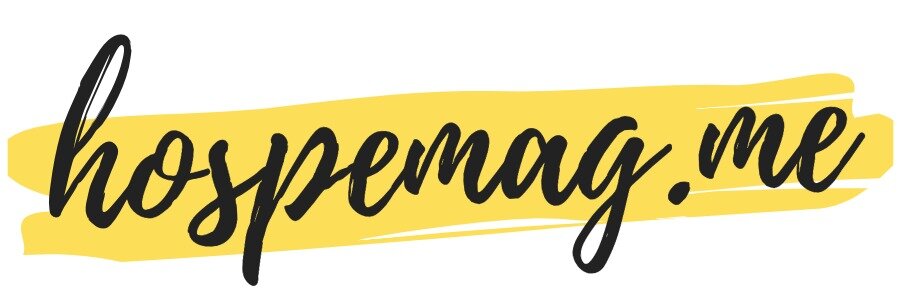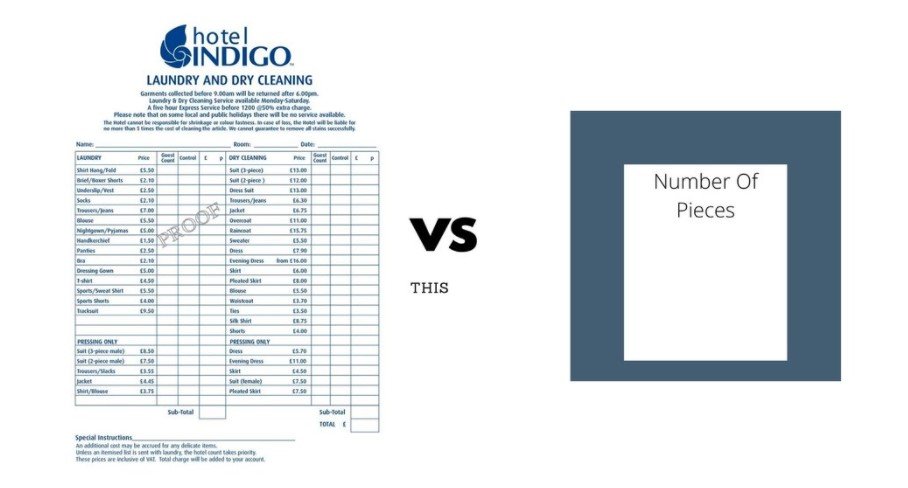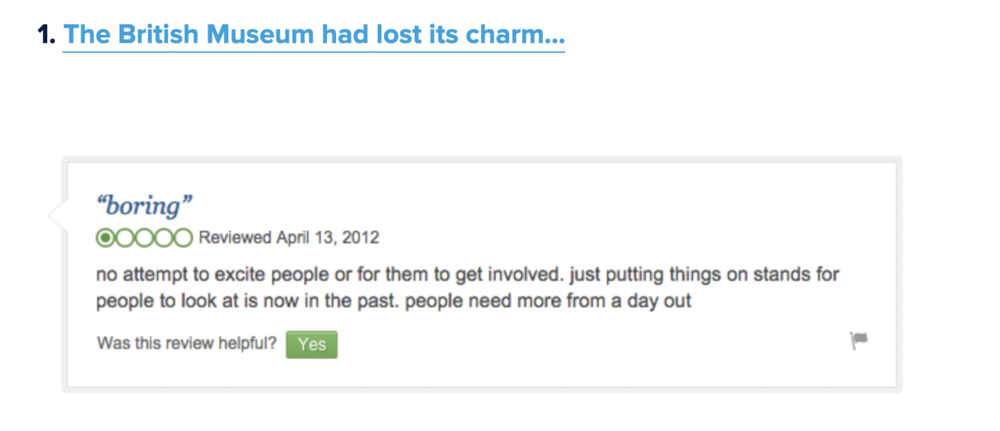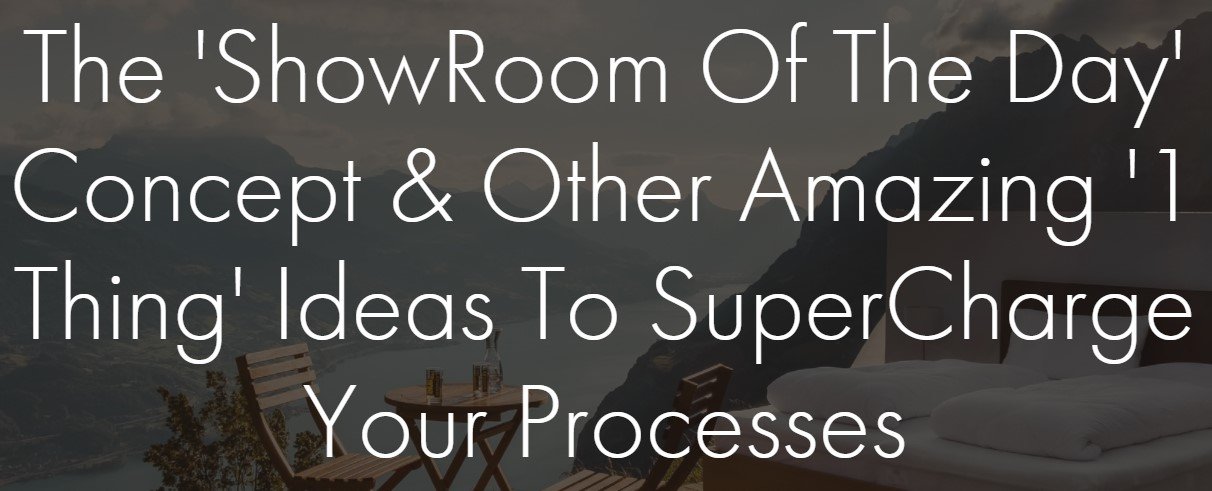Eclat Insights | The Frequency Illusion. Ideas On How To Use This Amazing Psychological Process Proactively
/Eclat Insights | The Frequency Illusion. Ideas On How To Use This Amazing Psychological Process Proactively
Frequency Illusion: Once you notice a phenomenon, you believe it happens a whole lot.
The Frequency Illusion is a result of two well-known psychological processes, selective attention (noticing things that are salient to us, disregarding the rest) and confirmation bias (looking for things that support our hypotheses, disregarding potential counterevidence) - Arnold M. Zwicky, Stanford University
The most common example cited for this is when you buy a new car, you start noticing it everywhere.
Why is it relevant to Leaders & Managers?
You can use the frequency illusion to your advantage by “priming” your brain to notice the kinds of things that are important to you and that you want to focus on.
Try this simple exercise: think of the colour red & close your eyes for a moment. What other images popped up in your head? Now, look around the room and see how the colour red pops at you.
Actionable Insights
Prime yourself with keywords. Once those keywords have your psychological attention, you will see them everywhere.
Pick words that represent your values or that are an important indication of work success for you.
Make a stack of such keywords or concepts.
Pick one out of the stack every day and spend some time focusing on the keyword.
Now start your day, you are primed. Once you are primed for a keyword, and it sits on top of your conscious mind, you will see it everywhere.
Let's say your keyword for the day is 'innovation'.
Write down as much of the free association that happened in your mind when you looked at the word or thought about it. Do not judge your thoughts. Just take notes.
Take a moment to write down what that word means to you, and how important it is for you and your work.
Find your team living that value or keyword. When you meet your team or do a property round or shop floor walk, you will start noticing 'innovation' or some form of it anyway. Maybe someone created a new micro process that you did not know about. It would have gone unnoticed, but because you are primed, you will notice it now. Acknowledge it, the moment you recognize it.
Use it to 'catch' your people doing the right thing. Appreciate them when you do catch them.
Use the keyword in meetings, and in your speech.
Use it in your one-on-ones or even in your email communication that day. I love using the email signature feature. Let me know if you need help setting it up. p.bedi@eclathospitality.com
Ask questions with the keyword. For example:
'What was the last innovation we did?'
'What new innovation did you like in another service or product?'
'What does or what could innovation look like at your work?'
8. Use the keyword to color or filter your processes or services. Have a list of key processes? Do a quick check against each process for the keyword, in this case, 'innovation'.
9. Do a google search with the keyword and just spend a few minutes browsing the results, OR use the keyword as a hashtag and check out some social media on it.
Want to make this WOW?
Two suggestions, in opposite directions.
1. Have the same keyword for the entire leadership team. You can do this for a day or a week. Having everyone primed and looking at the world through the same lens even for a moment can be a game-changer.
2. Go the other route and let everyone on your leadership team pick their own keyword for the day/week and run this their way. When we did this internally, I was looking at something from a 'cost' perspective, while my colleague was looking at the same idea from a 'revenue' perspective. It was a hilarious discussion.
I invite you to take 2 mins and do this right now. Action this immediately and you will love it. Just make a list of 5 keywords for yourself. See that red pen in the corner? Yup, that's the one you were primed for.
Prabhjot
Bedi
is a Hospitality Ideator. A process innovator, trainer, and professional speaker, he has worked with the Taj Group of Hotels, conducted training programs for hospitality leaders, launched a National Council Accredited Hospitality Institute as Principal, successfully launched and sold three hospitality businesses. He now assists hospitality leaders and educators in creating superlative services and products. He also edits the very popular www.hospemag.com - the largest hospitality career e-mag









































